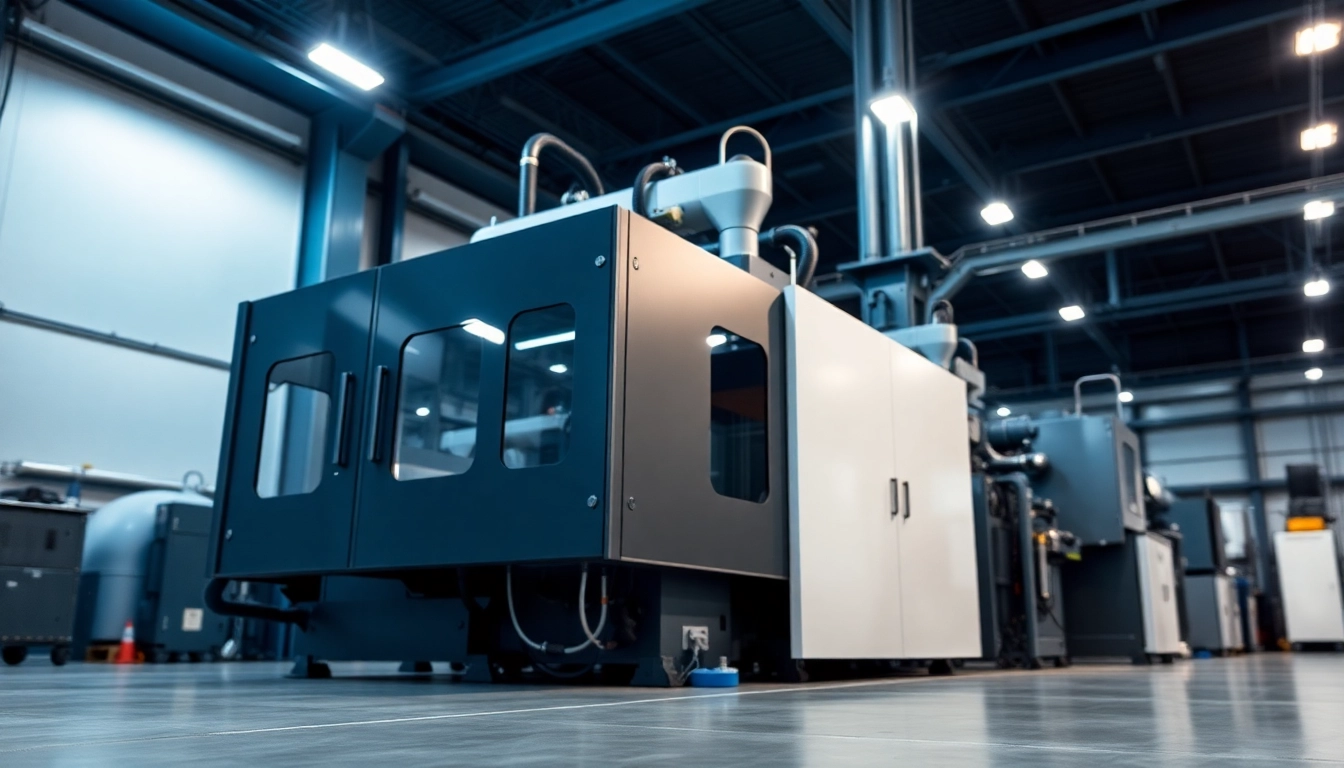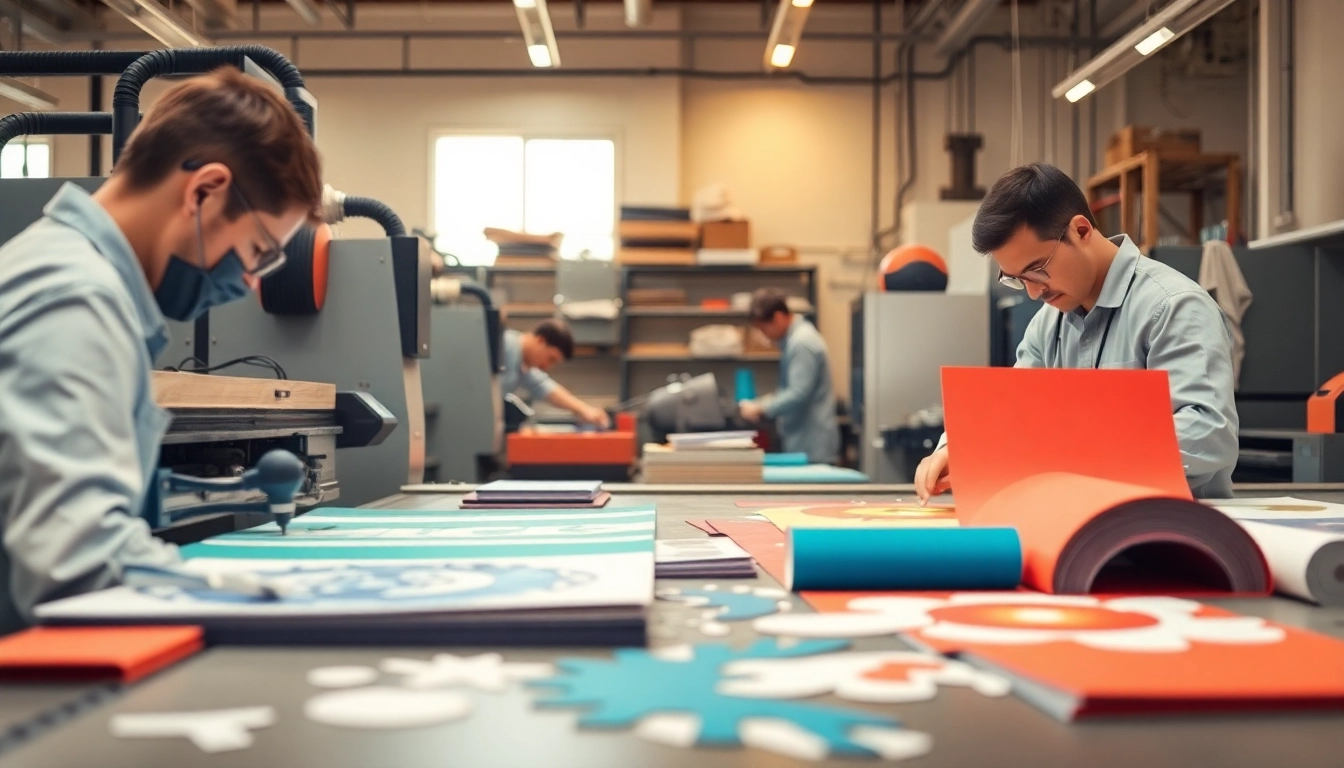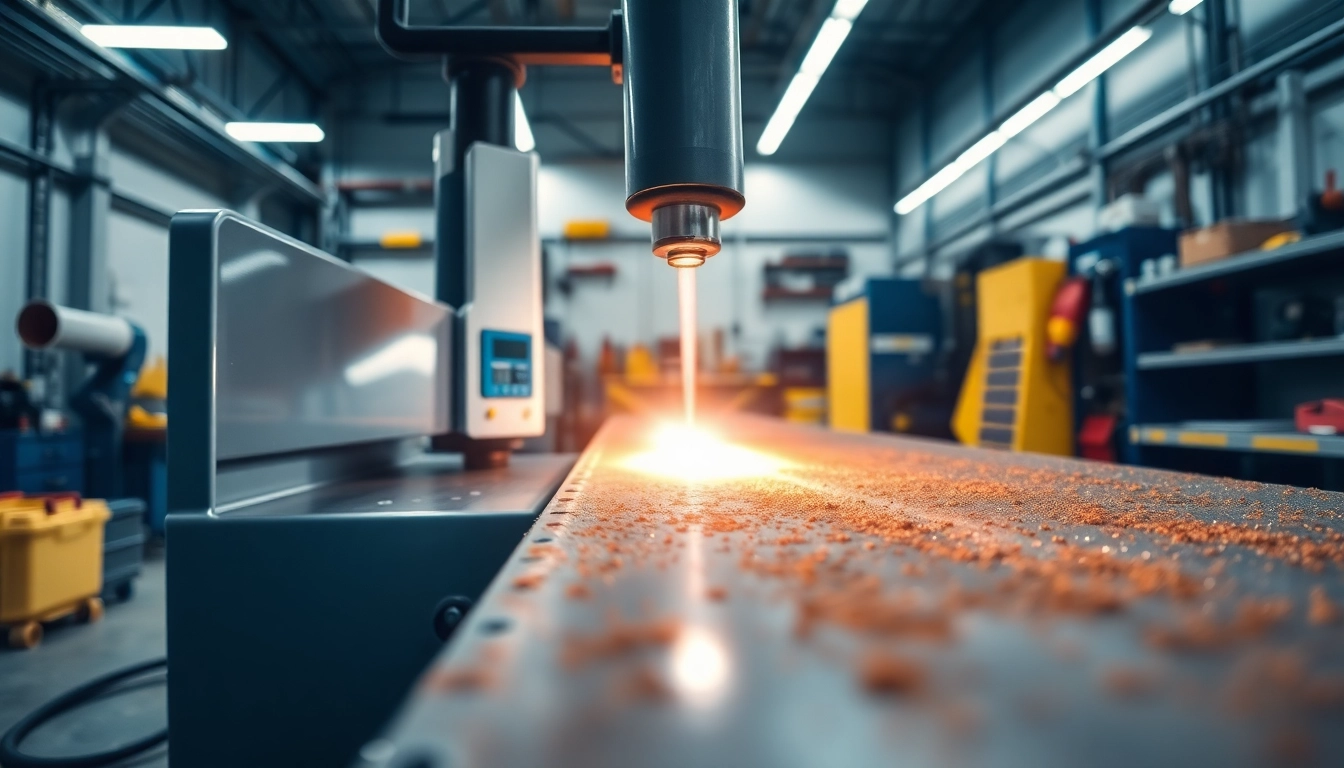Understanding Blow Molding Technology
In the world of manufacturing, blow molding plays a crucial role in producing a variety of hollow plastic products, such as bottles, containers, and automotive parts. As a leading Blow Molding Machine Manufacturer, understanding the fundamentals of blow molding technology is essential for making informed decisions regarding equipment purchase and process implementation. This article will delve into the characteristics, types, and applications of blow molding technology.
What is Blow Molding?
Blow molding is a manufacturing process used to create hollow plastic parts by inflating a heated plastic tube within a mold. Following the heating phase, air is introduced into the tube, allowing it to expand and take the shape of the mold cavity. The primary advantage of blow molding is its efficiency in creating lightweight products while minimizing material waste. This process is widely used across various industries, particularly in the production of packaging materials.
The Different Types of Blow Molding Processes
There are three major types of blow molding processes, each with its distinct methods and applications:
- Extrusion Blow Molding (EBM): In this process, a plastic parison is extruded and then expanded within a mold. It is commonly used for producing containers like bottles and tanks.
- Injection Blow Molding (IBM): This method involves injection molding a preform that is then blow molded into shape. It’s ideal for creating precise, high-quality bottles.
- Stretch Blow Molding: This process stretches the plastic in the mold, allowing for the creation of stronger, higher-quality products which are typically used in premium bottles.
Applications of Blow Molding in Various Industries
The versatility of blow molding enables its use across multiple sectors, including:
- Packaging Industry: The majority of blow-molded products are bottles and containers used for beverages, food, and household chemicals.
- Automotive Industry: Blow molding is utilized to create various components, such as fuel tanks and other small parts.
- Medical Devices: Specific applications include creating containers for pharmaceuticals and specialized medical equipment.
Choosing a Blow Molding Machine Manufacturer
When it comes to selecting a blow molding machine manufacturer, it’s imperative to evaluate several factors that will ensure your investment meets production needs effectively and efficiently. Here’s a guide on the key aspects to consider.
Evaluating Manufacturer Credentials and Expertise
A manufacturer’s credentials indicate their expertise and reliability. Factors like years in the industry, partnerships with other respected organizations, and certifications can serve as benchmarks for quality. Investigating manufacturers’ backgrounds reveals invaluable insights into their capabilities. Brands like Uniloy exemplify companies that have established their leadership in blow molding technology by consistently offering innovative solutions.
The Importance of Customer Support and Service
Robust customer service and support can significantly affect the longevity and effectiveness of your blow molding machinery. Look for manufacturers that provide solutions after sale, offer training on operation and maintenance, and have a proven track record of responding promptly to client needs. This helps ensure that any downtime is minimized, facilitating smooth production workflows.
Assessing Feedback and Reviews
Customer reviews and third-party testimonials provide real-world insights into the user experience with a specific manufacturer and their machines. Research feedback from current users to gauge reliability and performance. Manufacturers like Wilmington Machinery highlight their prominence through user satisfaction and successful operational history, making them a trustworthy choice.
Key Features to Look for in Blow Molding Machines
Investing in blow molding machines entails understanding the technical features that can enhance production efficiency and product quality. Here are the core features to consider:
Efficiency and Energy Consumption
Efficient machines not only reduce production costs by lowering energy consumption, but they also contribute to sustainability efforts. Evaluate machines that come with high energy ratings or advanced technology features designed to minimize energy usage during operation.
Automation and Technological Integration
Modern blow molding machines incorporate automation, which streamlines operations and reduces labor costs. Consider manufacturers that offer machines with integrated sensors, robotic systems for handling, and data analytics tools for monitoring machine performance and uptime.
Customization Options for Specific Needs
Different production requirements may necessitate tailored features. Opt for manufacturers who provide options for customization in molding designs, production rates, and compatibility with different types of polymers. This flexibility ensures that the machines can cater to evolving market demands.
Industry Trends in Blow Molding Manufacturing
The blow molding industry is constantly evolving, influenced by technological advancements, environmental concerns, and market dynamics. Here are the key trends that are shaping the future of blow molding manufacturing:
Shifts Towards Sustainable Practices
With the global emphasis on sustainability, many manufacturers are turning to biodegradable materials and processes that minimize environmental impact. Manufacturers are exploring ways to recycle materials and reduce waste generated during production, which can improve sustainability metrics and appeal to eco-conscious consumers.
Emerging Technologies in Machine Design
Recent innovations in blow molding technology reflect a push towards more adaptable and efficient machinery. Trends in machine design include increased automation and the incorporation of smart technologies that allow for real-time monitoring and maintenance scheduling. These advancements help manufacturers maintain competitive production rates while optimizing quality and reducing costs.
The Impact of Global Economic Factors
Global economic fluctuations can significantly impact supply chains and the availability of materials. Manufacturers must remain agile, adjusting their operational strategies to accommodate these changes and ensuring they are prepared for potential disruptions in the sourcing of raw materials.
Conclusion and Next Steps
The journey to selecting the right blow molding machine and manufacturer requires thorough research, preparation, and consideration of various factors that align with your operational goals. To ensure success, it’s essential to take actionable steps towards engaging with reputable manufacturers that suit your needs.
Connecting with Reputable Manufacturers
Start by reaching out to established manufacturers known for their reliability and customer service. Conduct initial meetings to discuss specifications and capabilities of their machines, and gather recommendations from industry peers to validate your options.
Understanding Pricing and Budgeting
Selecting a blow molding machine involves balancing cost with quality and features. Be upfront about your budget while discussing potential machinery with manufacturers, and ensure to understand the total cost of ownership, including maintenance and operational expenses throughout the machine’s life cycle.
Getting Started with Your Blow Molding Machine Needs
Once you’ve narrowed down your options and gained comprehensive insights into various manufacturers, the next step is to initiate the procurement process. Be prepared to analyze contracts and service agreements thoroughly and take steps towards integrating your new blow molding technology into your existing operational framework.



